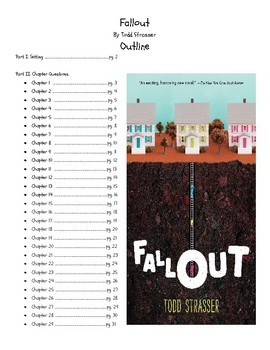
Ten people struggling to survive-but what will await them when they eventually emerge? Ten people eating the food meant for four, breathing the air meant for four. Suddenly ten people are crammed into a shelter built for four. The neighbors scoff, but then, in the middle of the night in late October, the unthinkable happens. But the threat of nuclear war looms over everything they do, and they are haunted by the idea that they could all be dead tomorrow.Įven though the possibility of war is all anyone talks about, Scott's dad is the only one in the neighborhood who actually prepares for the worst, building a bomb shelter to protect his family and stocking it with enough supplies to keep them alive for two critical weeks. (Sept.It's the summer of 1962, and Scott and his friends spend their days playing baseball and thinking about girls. Agent: Stephen Barbara, Foundry Literary + Media.

An eye-opening “what if” scenario about the human response to disaster. Meanwhile, the “after” chapters are claustrophobic, heartbreaking, and at times ugly as civility breaks down among the few adult and children survivors.

them” mentality toward Russia, and his own nascent sexuality (“You want to die without ever seeing a breast?” Scott’s snide friend Ronnie asks). In the “before” chapters, he presents a vision of life during the Cold War that feels ripped from personal memory as Scott grows aware of racial prejudice, the prevailing “us vs.


The format allows Strasser to have the best of both worlds. The plot alternates between two threads set before and after the bomb drops in the immediate aftermath, 11-year-old Scott, his family, and a handful of neighbors endure the increasingly difficult conditions in the subterranean bomb shelter Scott’s father built, waiting for radiation levels to fall. Strasser (Kill You Last) brings readers to the 1960s Long Island of his youth, with one crucial difference: in this story, the Cuban Missile Crisis leads Russia to bomb the U.S.


 0 kommentar(er)
0 kommentar(er)
